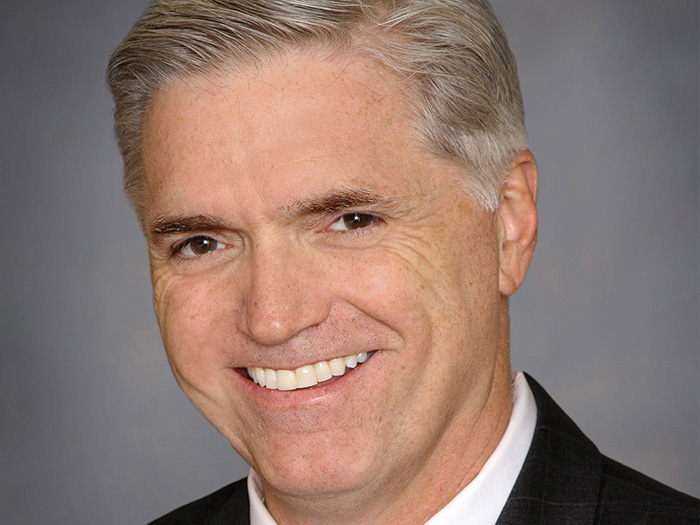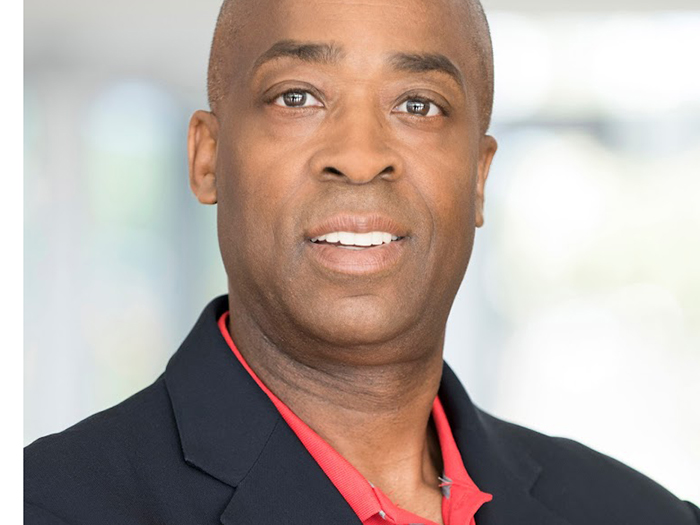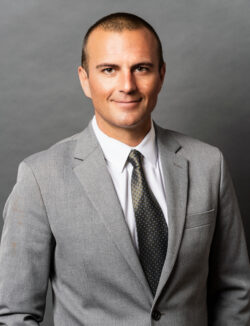Sponsored Content by MedRisk
How Data, Focused PT and Wearables Can Yield Better Patient Engagement and Superior Outcomes in Workers’ Comp
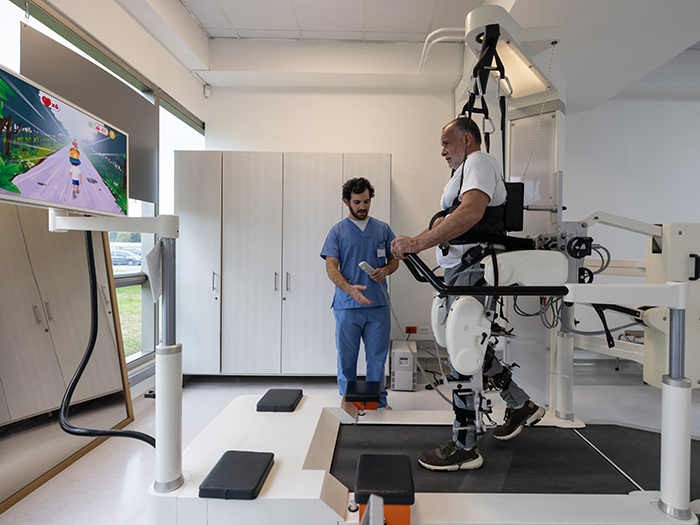
In a sense, the precepts of good workers’ compensation risk management are simple and straightforward, at least compared to some parts of commercial property/casualty insurance.
Employers and their insurers strive to help injured workers get better and get back to work, without subjecting them to unnecessary procedures and medications that might stall their recovery progress and diminish their quality of life.
Of course, keeping workers’ compensation medical costs and indemnity payments down is a laudable aspiration. But all of that comes in second to the goal of helping people who got hurt at work heal and reengage with the careers that earn them their living.
Although the goals of good workers’ compensation risk management will always be the same, the methods of achieving those goals are ever evolving.
According to Sri Sridharan, the Chief Client Officer at MedRisk, his company stands at the portal of being able to use data and connective technology to provide more focused care for workers, particularly in the area of physical therapy.

Sri Sridharan, Chief Client Officer, MedRisk
For starters, Sridharan is a big believer in the capacity of physical therapy to help workers and physicians manage the musculoskeletal (MSK) injuries that are big drivers of lost time and medical costs. Back injuries, knee injuries and shoulder injuries together account for the majority of workers’ compensation medical costs.
Physical therapy, applied in a timely and focused manner, can help workers manage and heal an injury, and hopefully help them avoid expensive and traumatic surgeries.
“Physical therapy (PT) is an excellent conservative treatment option and one that can yield quick, cost effective results,” Sridharan said.
In just one example out of dozens, a patient with a knee problem can gain better utility, alignment and flexibility out of their knee while lowering pain if they work with a physical therapist to strengthen the muscles around the joint.
Where MedRisk is investing considerable time and money is in the human resources and technology to make physical therapy an even more targeted and efficient experience.
“Rather than relying largely on the treatment benefits of surgery and pain medication, a greater number of physicians are seeing the value of physical therapy for helping injured workers regain their pre-injury abilities,” he added for emphasis.
The MedRisk Process
PTConsult also provides the space for the patients to ask questions and learn about their condition from an experienced physical therapist.
“We’re engaging with the injured workers to explain to them what to expect and help them navigate the episode of care, which is very helpful,” Sridharan said.
MedRisk then marries the information from the PTConsult with decades of patient outcome data that it has amassed over the years.
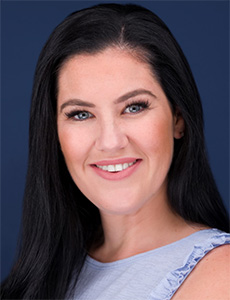
Aubrie Cunningham, SVP, Pricing and Business Intelligence, MedRisk
The provider-scoring information MedRisk infuses into the process matches the injured worker to the medical provider best positioned to help the patient recover, based on their past performances.
“Our platform is always learning. We are constantly modeling and sequencing data for risk stratification and outcomes,” added Aubrie Cunningham, SVP of Pricing and Business Intelligence for MedRisk.
“The more we analyze our data, the more definitively we can say, “Oh this is what’s different about this patient. This is why matching to providers is such an important piece of the puzzle,” she added.
MedRisk’s investment in their technology and analytics has been substantial in recent years.
“Data is most effective when you can aggregated it across multiple sources, collect it, combine it and have a unified layer,” Sridharan said, in explaining why MedRisk places so much emphasis and is devoting so many resources to that part of its approach.
Progress, Engagement and Compliance
Beyond better matching an injured worker to a provider, MedRisk is in the process of eyeing and implementing another technology-aided advancement that should make its efforts even more efficient and productive.
The gap this evolution will address is in the way that patients adhere to the treatment and guidance given to them by physical therapy professionals.
Let’s face it, coming back from an injury, not to mention surgery, can be discouraging if not downright depressing. Anyone who has ever taken their repaired shoulder out of a sling to have it manipulated and strengthened can attest to that fact.
The pain one endures and the days and weeks needed to get back to full usage can feel like a slog. That experience might lead an injured worker to shirk the strengthening and flexibility exercises they’ve been assigned by their physical therapist.
Physical therapists can provide the best tools and guidance available, but if the injured worker can’t steadily and devoutly comply with that guidance, they may never recover properly.
This is where the latest technological advancements can play an important part.
Using Internet of Things (IoT) capabilities, including sensors that can be worn by the recovering worker, Sridharan and his colleagues are exploring the ways they can use the data collected by wearables to better direct care and insure compliance.
“In the musculoskeletal recovery process, pain is a limiting factor that is perceived by claimants differently. Utilizing additional measurement tools to collect objective data allows a therapist to quantify pain level and support claimant throughout the recovery cycle,” Sridharan said.
Say, a patient was only able to lift their arm 75% of the way overhead in week four of their recovery, but due to physical therapy, and using information collected by sensors, a physician or physical therapist will be able to gauge that the recovering worker, exercising from home, is able to fully lift their arm overhead in week five.
That’s vital information that may relate directly to their ability to return and be productive in their job.
Sridharan said MedRisk is currently undergoing pilot projects with its physical therapists to see how the use of sensors and the data they collect can be applied consistently and with good results.
The technology advancements Sridharan and his colleagues are implementing are exciting and bear watching. But his colleague Aubrie Cunningham reminds us that a clear understanding of the mindset and environment of the injured worker are still central to the process.
She said the highest result is when the humanity of each worker is placed at the forefront of the entire process.
“They’re not data points, they’re people,” she said.
For more information, visit https://www.medrisknet.com/.
This article was produced by the R&I Brand Studio, a unit of the advertising department of Risk & Insurance, in collaboration with MedRisk. The editorial staff of Risk & Insurance had no role in its preparation.







